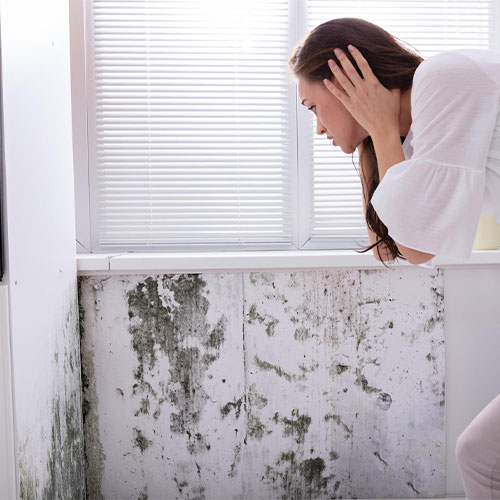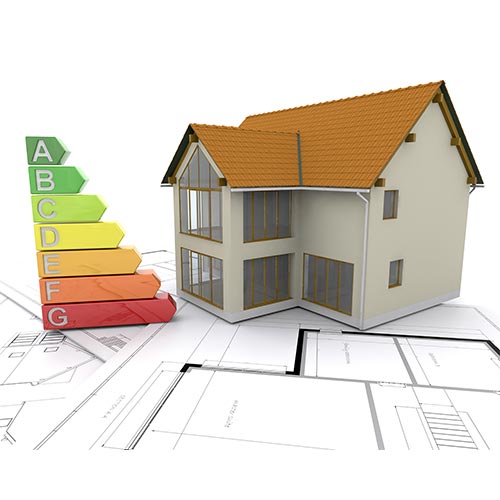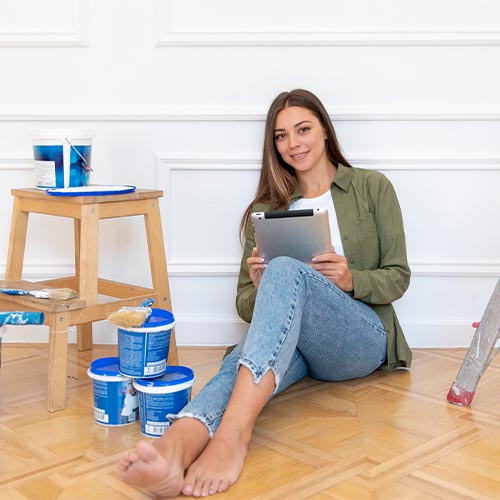Why You Should Never Ignore the Signs
Your home is more than just a place to live—it’s your sanctuary, a major investment, and a space filled with memories. But what if there are hidden problems silently destroying it from within? One of the most dangerous and costly issues homeowners face is water damage. The scary part? It often hides in plain sight. Understanding the early signs of water damage in home settings can save you thousands of dollars in repairs and even protect your family’s health.
You may think water damage only happens during floods or pipe bursts, but it can also stem from something as subtle as a small roof leak or slow plumbing drip. And when left unchecked, these issues can lead to mold, structural problems, and decreased home value. That’s why knowing the signs of water damage in home environments is absolutely crucial.
Sometimes, the signs of water damage in home areas aren’t as obvious as puddles or wet floors. In fact, many homeowners don’t realize there’s an issue until significant damage has already occurred. Hidden signs like a musty odor, bubbling paint, or warped flooring are clues that something sinister may be happening behind your walls.
The longer you ignore the signs of water damage in home structures, the more expensive and invasive the repair process becomes. What could start as a $200 plumbing fix might escalate into a $20,000 mold remediation project. That’s why it’s important to stay informed and vigilant. Knowing what to look for gives you the power to act quickly and protect your investment.
In this guide, we’ll walk you through the hidden signs of water damage in home spaces you might be missing. From discolored walls to unexplained allergies, this article will give you a comprehensive look at what to watch for and how to respond. Plus, we’ll share expert advice on how to prevent water damage and when to call in professionals like the team at Builpire for expert restoration and renovation services.
Transform Your Space with BUILPIRE – Book Your Consultation Today!
1. Musty Odors That Won’t Go Away
A lingering musty or damp smell in your home is often the first sign of trouble. Even if you can’t see visible water damage, the odor indicates excess moisture and potentially mold growth. These smells usually come from behind walls, under floors, or inside crawlspaces—places that aren’t easy to check daily. If you find yourself constantly trying to air out a room or use deodorizers with no improvement, investigate further.
2. Discolored or Stained Walls and Ceilings
Have you noticed brown or yellowish stains forming on your ceilings or walls? These discolorations are classic signs of water damage in home environments. They’re often caused by leaks in the roof or plumbing that seep through drywall. Even small stains can signal a larger issue that’s spreading behind the surface.
3. Bubbling or Peeling Paint and Wallpaper
Water can break down the adhesion of paint and wallpaper to walls. If you see areas where the paint is bubbling or the wallpaper is coming loose, you could be dealing with moisture problems. This sign often appears in bathrooms, kitchens, or basements, but it can happen anywhere there’s a leak.
4. Warped or Buckled Flooring
Floorboards that suddenly rise, shift, or feel uneven underfoot might be reacting to water damage. Hardwood floors are especially susceptible to this issue, but you might also see it in laminate or tile if water seeps underneath. Even carpets can become detached or saggy due to hidden moisture underneath.
5. Mold Spots—Visible or Not
Mold is more than just unsightly; it’s a health hazard. If you see black, green, or white patches forming on walls, ceilings, or baseboards, you’ve got a moisture problem. Mold can also thrive in hidden areas, so any signs—like a musty smell or increased allergies—should prompt a deeper investigation.
6. Increased Allergies or Respiratory Problems
Sudden respiratory issues or allergy flare-ups in your household could be connected to water damage. Mold spores in the air can trigger reactions, especially in children, the elderly, and those with asthma. If someone in your home is constantly sneezing, coughing, or having trouble breathing indoors, it’s worth considering water damage as a culprit.
7. Higher Than Normal Water Bills
If your water bill has spiked and you can’t account for the extra usage, you may have a hidden leak. Small leaks behind walls or under floors can waste hundreds of gallons of water per month. These kinds of leaks are often associated with long-term damage if not repaired promptly.
8. Cracks in the Foundation or Walls
As water seeps into a home’s structure, it can weaken materials and create visible cracks. While some small cracks are normal as a home settles, wider or expanding ones—especially near windows, doors, or the basement—could indicate a moisture issue affecting your home’s foundation.
9. Soggy or Moldy Insulation
If you ever open a wall for repairs or renovations and discover wet or moldy insulation, you’ve uncovered one of the more hidden signs of water damage in home frameworks. This type of damage is especially dangerous because it often goes unnoticed until major work is required.
10. Rusty Pipes or Fixtures
Rust around water fixtures, pipes, or the water heater might seem minor but can signal moisture buildup or slow leaks. Rust can also contribute to pipe corrosion, leading to future leaks and even bigger problems.
11. Pests and Insects
Insects like termites and cockroaches are attracted to damp, dark places. If you’re seeing an influx of bugs in a particular area of your home, it could be due to hidden water damage creating a moist environment ideal for them.
12. Soft or Spongy Walls and Floors
If your drywall feels soft to the touch or your floors feel bouncy or weak, it could be because water has saturated the material. Over time, this can lead to structural collapse if left unaddressed.
13. Condensation in Unusual Places
Frequent condensation on windows, walls, or pipes—especially in places that don’t typically see moisture—can indicate high humidity and potential water damage. It’s often a sign that the ventilation system isn’t keeping up with the moisture levels in the house.
14. Sagging Ceilings
Ceilings that look bowed, droopy, or even just slightly uneven might be holding water above. This situation can be extremely dangerous, as it might result in a sudden ceiling collapse. Sagging ceilings are an immediate red flag.
15. Outdated or Damaged Roofing
Your roof is your first defense against water intrusion. Missing shingles, cracked flashing, or old materials can allow water to seep in during heavy rain. Regularly inspecting your roof helps prevent leaks that lead to costly repairs.
What to Do If You Spot These Signs
If you notice any of the signs of water damage in home areas, don’t delay. Early detection and action are crucial. Start by:
-
Turning off the water source (if applicable).
-
Drying out affected areas as quickly as possible.
-
Documenting damage for insurance purposes.
-
Contacting professionals to assess the extent of the damage.
Trust Builpire with Your Home’s Restoration
When it comes to dealing with hidden water damage, don’t take chances. Builpire specializes in home restoration and interior design with a focus on water and structural damage repairs. Our expert team can help identify the root cause, stop the spread, and restore your home to better-than-before condition—with style, functionality, and durability.
Whether you’re battling mold, leaks, or structural weakening, Builpire combines restoration excellence with custom remodeling services to give your home a fresh start.
For more ideas and guidance, follow us on Instagram.
FAQs About Signs of Water Damage in Home
1. What are the most common signs of water damage in home spaces?
Common signs include stains on walls and ceilings, mold growth, musty odors, bubbling paint, and warped flooring. Each one can indicate hidden leaks or moisture problems.
2. Can water damage exist without visible signs?
Yes, water damage can remain hidden behind walls, under floors, or in ceilings. Symptoms like high humidity, allergies, or rising water bills may hint at concealed problems.
3. How fast does water damage spread?
Water damage can begin spreading within hours. The longer it goes unnoticed, the worse it becomes—leading to mold growth, material decay, and structural weakening.
4. Is water damage covered by homeowner’s insurance?
It depends on your policy. Sudden and accidental water damage (like burst pipes) is typically covered. Gradual damage from ongoing leaks often isn’t.
5. How can I prevent hidden water damage?
Regularly inspect your plumbing, roof, and appliances. Invest in moisture detectors, ensure proper ventilation, and repair small issues before they escalate.
6. What should I do first if I suspect water damage?
Turn off the water source if possible, then contact a professional. Don’t try to handle extensive damage yourself—especially if mold is involved.
7. Why choose Builpire for water damage restoration?
Builpire offers expert diagnosis, reliable repair, and stylish renovation all in one. With years of experience in home restoration, they’ll restore your home with care and precision.





